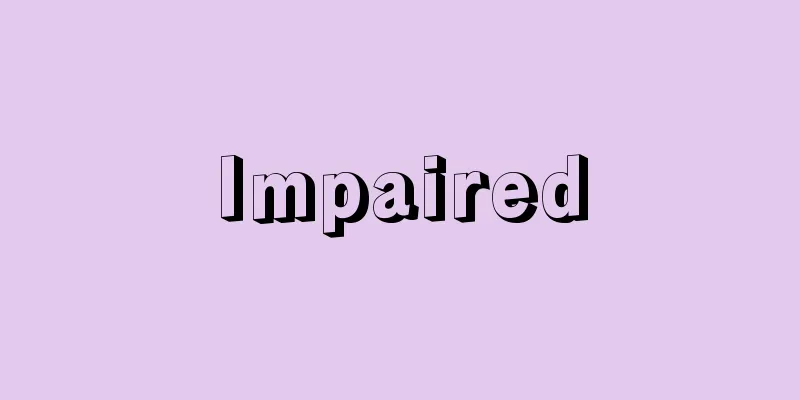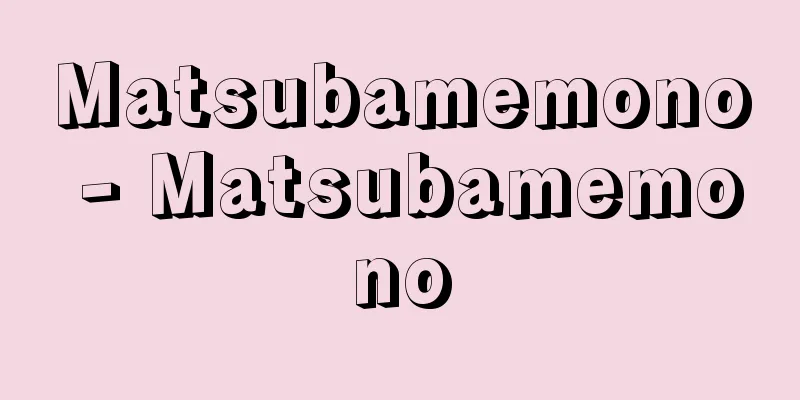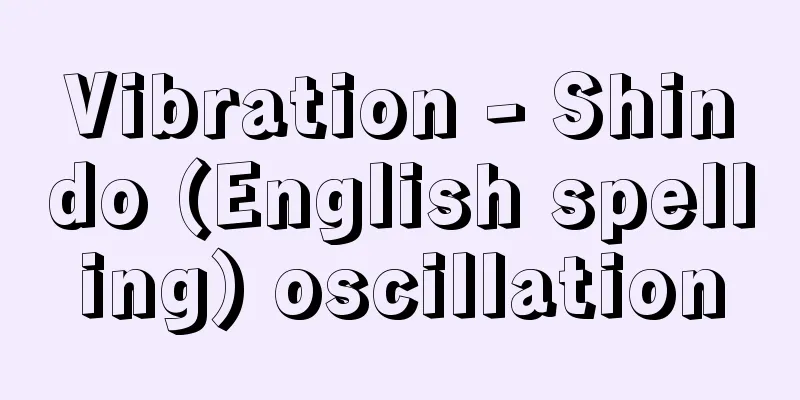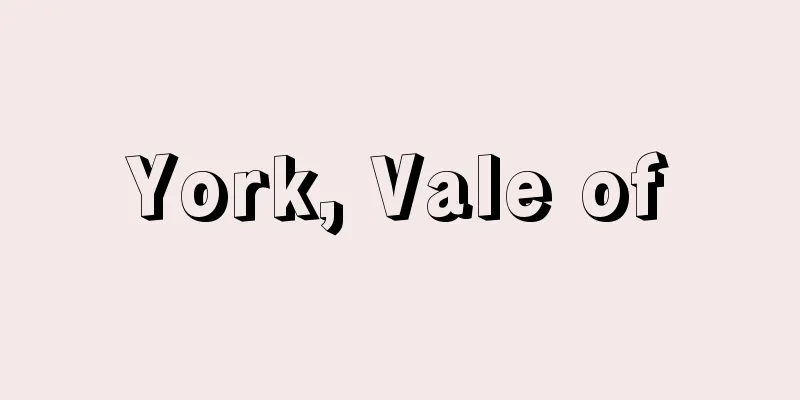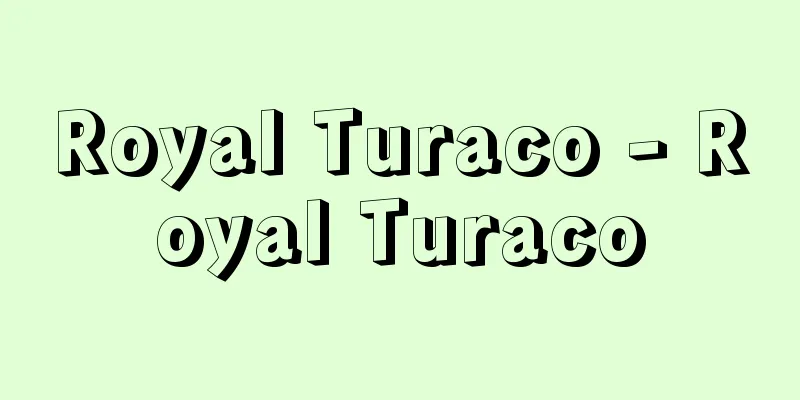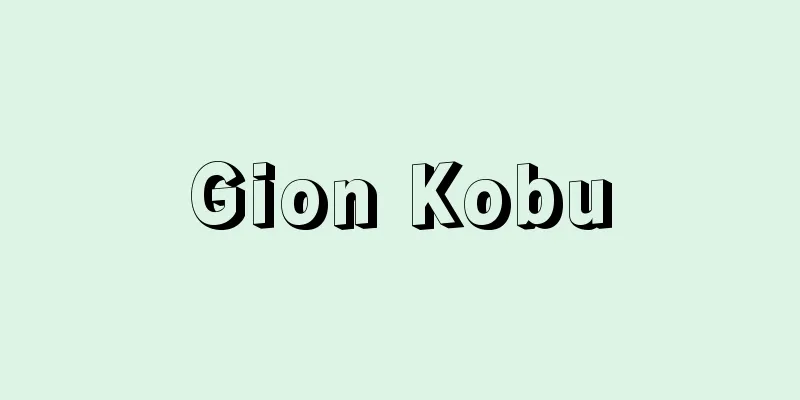European Coal and Steel Community
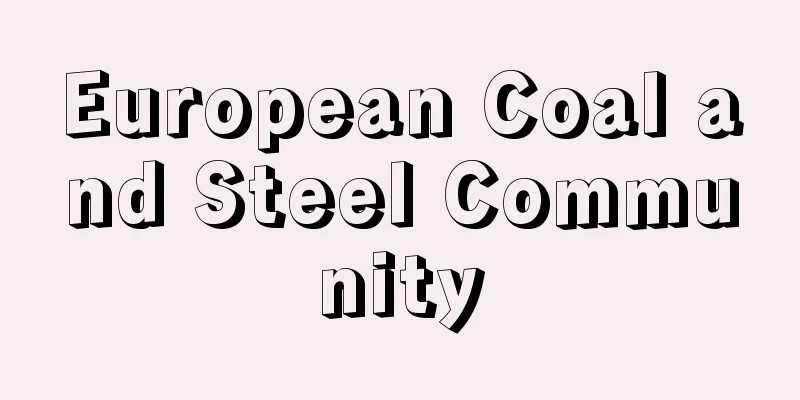
|
Abbreviated as ECSC. A European regional economic integration organization established to realize a common market and common management for coal and steel. Disappeared in July 2002. On May 9, 1950, French Foreign Minister Schuman proposed to put all coal and steel production in both countries under a joint organization in order to resolve the traditional conflict between France and Germany, and to welcome the participation of other European countries. This was known as the Schuman Plan. Although the UK and Scandinavian countries were reluctant to accept this proposal, France, West Germany, Italy, the Netherlands, Belgium, and Luxembourg joined, and the Treaty Establishing the European Coal and Steel Community (Paris Treaty) was signed in Paris on April 18, 1951, and came into effect the following year on July 25, 1952. The headquarters was initially located in Luxembourg, but was moved to Brussels in 1967. The ECSC's objectives were to abolish tariffs and other trade restrictions on the movement of coal and steel between member countries, to control production costs and prices, and to achieve the expansion and modernization of the coal and steel industries. A common market for coal, iron ore, and scrap iron was established in February 1953, a common market for steel in May of the same year, and a common market for special steel in August 1954. Furthermore, intra-regional tariffs were completely abolished by March 1958, and the coal and steel industries in member countries developed rapidly after the establishment of the ECSC. The success of the ECSC gave impetus to the economic integration of Europe, and in 1957 the Treaty of Rome was signed by the six member states of the ECSC, and the European Economic Community (EEC) and the European Atomic Energy Community (EURATOM) were established the following year in 1958. The ECSC had four main organs, the Council, the General Assembly, and the Court of Justice, in addition to the supranational body. With the launch of the EEC and EURATOM, the General Assembly and the Court of Justice were made common bodies for the three communities. In 1967, the Council and the highest organ were unified as a common body for the three communities under the name of the Commission, and the three communities were collectively called the European Community (EC). In this way, the ECSC can be said to be the organization that led the establishment of the EC. In 1993, the Maastricht Treaty came into effect, and the EC further developed into the EU (European Union), which aims for political integration. The ECSC ceased to exist when the Paris Agreement expired in 2002. Its activities have been taken over by the EU. [Yokokawa Arata] [References] | | |Source: Shogakukan Encyclopedia Nipponica About Encyclopedia Nipponica Information | Legend |
|
略称ECSC。石炭・鉄鋼についての共同市場と共同管理を実現するために設立されたヨーロッパの地域的経済統合機構。2002年7月に消滅。 1950年5月9日、フランスのシューマン外相は、フランスとドイツの伝統的対立を解消するため、両国の石炭・鉄鋼の全生産を共同機関のもとに置くこと、また他のヨーロッパ諸国の参加を歓迎する旨の提案を行った。これがいわゆるシューマン・プランとよばれるものである。イギリスや北欧諸国はこの提案に消極的であったが、フランス、西ドイツのほか、イタリア、オランダ、ベルギー、ルクセンブルクが参加することとなり、1951年4月18日、パリにおいて、ヨーロッパ石炭鉄鋼共同体創設条約(パリ条約)が調印され、翌1952年7月25日に発効した。本部は当初ルクセンブルクに置かれたが、1967年にブリュッセルに移された。 ECSCは、加盟国間における石炭と鉄鋼の移動に関する関税その他の貿易上の制限の撤廃、生産費と価格の管理、石炭および鉄鋼業の拡張と近代化の達成などを目的としていた。1953年2月には石炭、鉄鉱石、屑鉄(くずてつ)の共同市場、同年5月には鉄鋼の共同市場、1954年8月には特殊鋼の共同市場が発足し、また、域内関税も1958年3月までに全廃され、ECSC設立後、加盟国の石炭および鉄鋼業は急速に発展した。 このECSCの成功がヨーロッパの経済統合に弾みをつけ、1957年にはECSC加盟6か国によってローマ条約が調印され、翌1958年にヨーロッパ経済共同体(EEC)とヨーロッパ原子力共同体(EURATOM(ユーラトム))が設立された。ECSCの主要機関としては、超国家的性格を有する最高機関のほかに、理事会、総会、司法裁判所の四つが設けられていたが、EEC、EURATOMの発足とともに、総会と司法裁判所はこれら3共同体に共通の機関とされた。さらに1967年には、理事会のほか、最高機関も委員会という名称で3共同体共通の機関として統一されることとなり、それとともに3共同体はヨーロッパ共同体(EC)と総称されることとなった。このように、ECSCはECの成立を先導した機構であるといえる。1993年マーストリヒト条約が発効し、ECはさらに政治的統合を目ざすEU(ヨーロッパ連合)に発展した。 2002年にパリ条約が失効し、ECSCは消滅した。活動内容はEUに引き継がれている。 [横川 新] [参照項目] | | |出典 小学館 日本大百科全書(ニッポニカ)日本大百科全書(ニッポニカ)について 情報 | 凡例 |
<<: European Monetary Agreement
>>: European Convention on Human Rights
Recommend
Khakass language - Khakassgo (English spelling)
A Turkic language. Spoken by 50,000-60,000 Khakass...
Olomouc - Olomouc (English spelling)
A city in the central Moravia region of the Czech...
Schuman, C. (English) SchumanC
...German composer. Considered a representative f...
Azusa River [Village] - Azusa
A village in Minamiazumi County in the mid-west of...
Horsefly - Horsefly
A general term for insects in the Diptera family, ...
Sound absorbing material - sound absorbing material
A material that absorbs sound well. Its performanc...
Isshinkai - Isshinkai
An organization that developed the movement for t...
Clethrionomys rufocanus bedfordiae (English name) Clethrionomysrufocanusbedfordiae
…[Tadaaki Imaizumi] [Yoshinori Imaizumi]. … *Some...
Shrine Enshrinement - Jinjagoushi
The government carried out the consolidation and r...
Antarctic Peninsula - nankyokuhantou (English spelling) Antarctic Peninsula
A peninsula that stretches north from Antarctica ...
Instrument landing system
ILS is an abbreviation of instrument landing syste...
seismonasty
…a property of plant organs bending in response t...
Canada Development Corp.
In 1973, the Foreign Investment Review Act (which...
Croton
…A city in the Calabria region of southern Italy....
Saman
...2231m above sea level. In Sinhala it is called...
